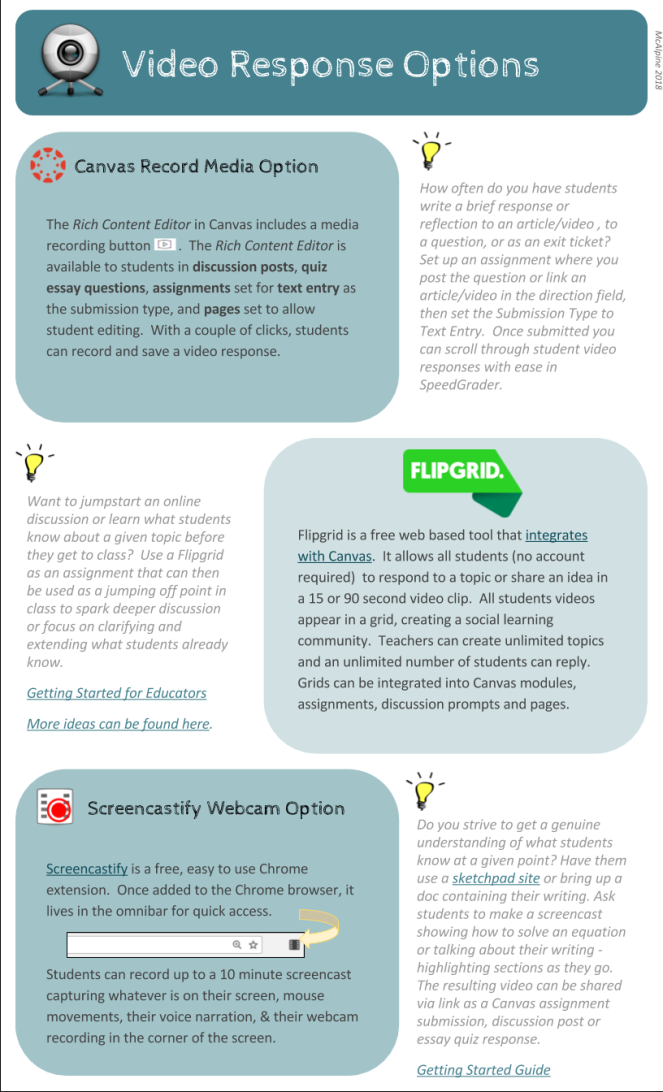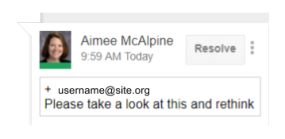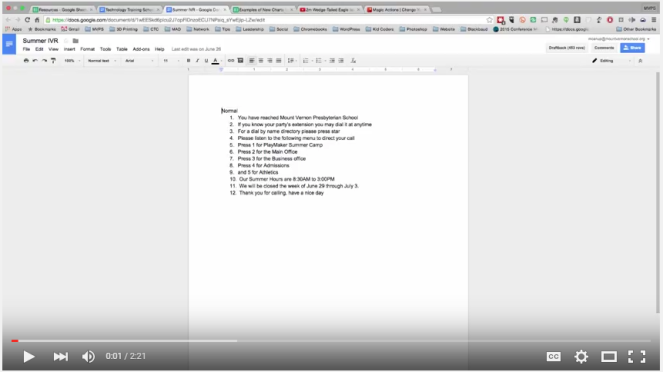Google Slides are super easy to navigate and versatile in how they can be used! If you are looking for ideas on how to use slides to really get at the “M” and “R” levels of the SAMR model, check out this great blog post by Matt Miller, 10 Google Slides activities to add awesome to classes.
Two new features were recently pushed out to Google Slides and we got access to them today:
What makes these features great?
Inserting Diagrams to Slides
How do you insert a diagram on a slide?
- When on a slide, go to: Insert > Diagram
- A side panel will open, from which you can select a diagram to include on a slide.
Templates include hierarchy, timeline, process, relationship, and cycle.
Why would you or students want to do this?
Visuals provide access to information in a way that text does not. Many learners benefit form seeing and sharing complex processes visually. The provided templates are easy to modify so user time is spent developing content, not drawing or importing shapes to create diagrams.
Add content from Google Keep Notes to Slides
How do you add Google Keep Notes to a slide?
- When on a slide, go to: Tools > Keep Notepad.
- A side panel will open, displaying all of your Keep notes.
- Click on the three dots at the top right of a given note to add note contents to a slide.
Why would you or students want to do this?
Often times users get wrapped up in choosing design elements when creating slide presentations at the expense of content. Teachers can have students take notes for presentations in Keep, where the focus is on note taking, and then easily transfer them to slides for the final phase of a presentation project.
The features within notes:
- share for collaboration
- color code for organization
- add checklists for items
- include images
- add drawings (though these don’t import to slides)
make notes a great place to store information that can seamlessly be pulled into various presentations quickly.
Google continues to enhance their GSuite tools, providing a wealth of opportunities for teachers and students to create, share, and engage with meaningful content that supports student learning.





